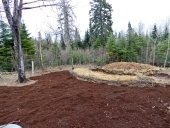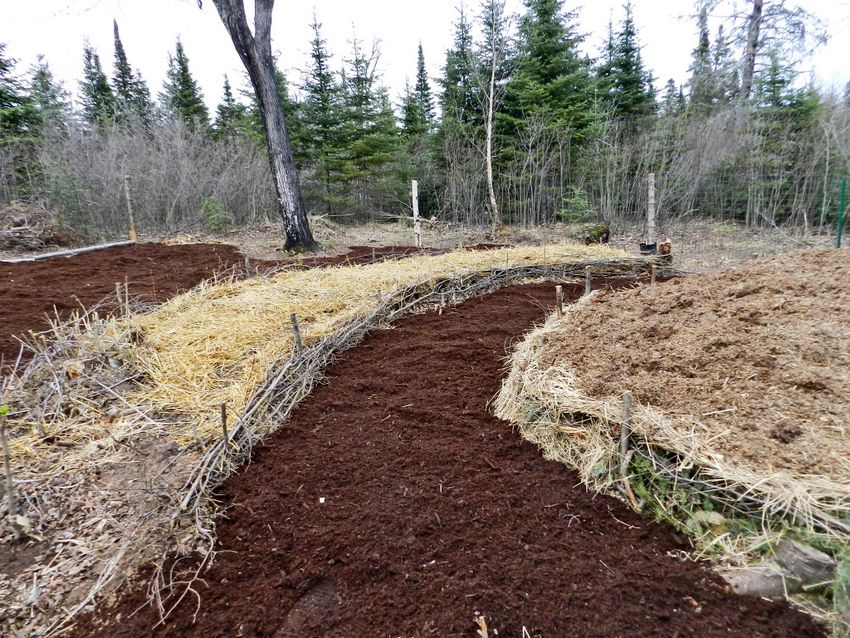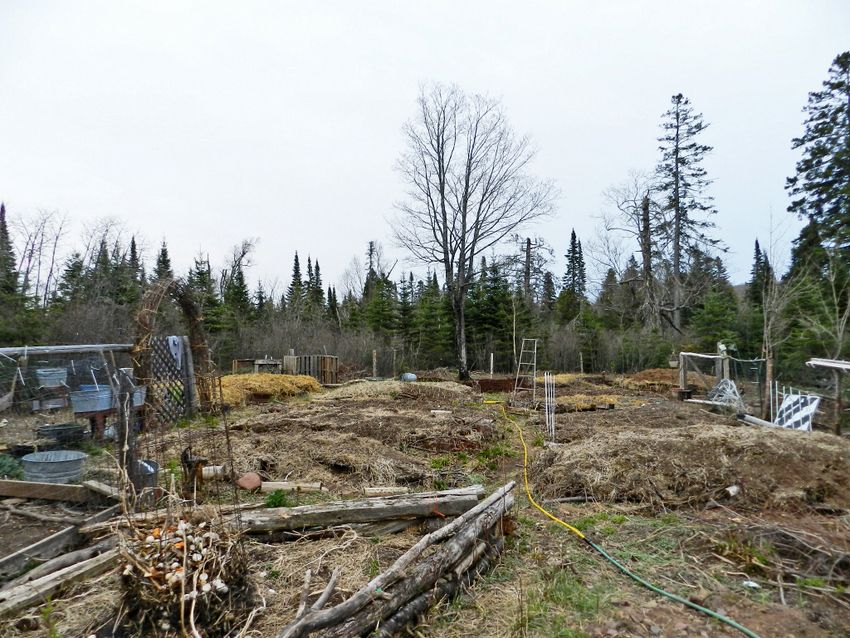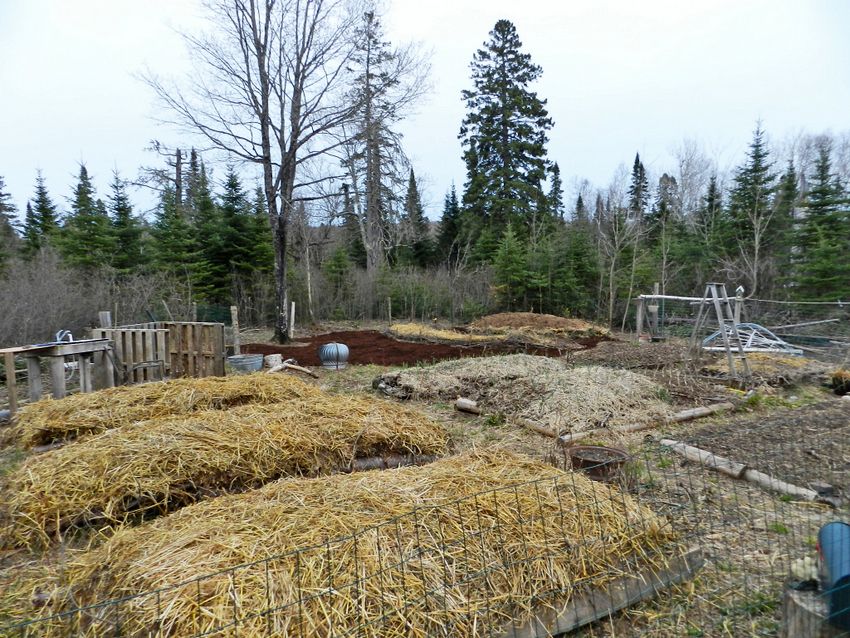






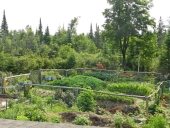
Monica Eger wrote:Erin, if you want your squash to grow in a certain direction, it might be helpful to know that they will usually grow in the opposite direction of the first two real leaves. So, if you want them to grow north, place them in the ground so that the first two leaves point south.
Ash Harper wrote:You could try putting a small light inside the coop. The light should draw them inside.


Avalon Laux wrote:But also, even with a Rabbit Tractor, it is still a chance of them digging out. At least with a bigger area, the fence line can be dug deeper into the ground to prevent escape and/or predators.
chip sanft wrote:A permaculture system doesn't match the neat and clean commonplace ideal. It's a fuzzy system, just like nature

